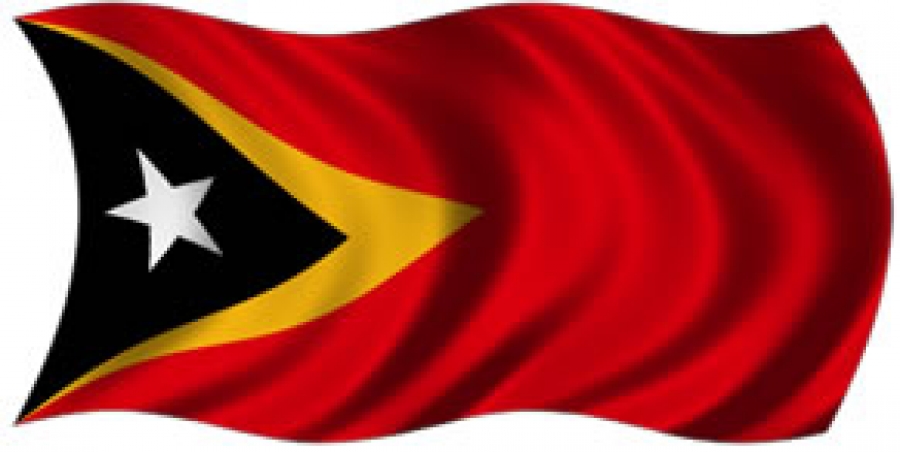Less than 1% of Timor-Leste’s current annual budget is allocated to agriculture, despite more than 64% of the nation’s population reliant on agriculture for food and income.
Timor-Leste has the second highest hunger and malnutrition level globally, according to the latest World Hunger Index, with some 36% of Timorese people suffering from “hidden hunger”.
Hidden hunger, which is a lack of vitamins and minerals, weakens the immune system, stunts physical and intellectual growth, and can lead to death.
The report said hidden hunger not only affects the well-being of individuals, but also has economic impacts, including lost productivity, persistent poverty, and reduced gross domestic product in many developing countries.
Food prices are at a high in Timor-Leste while local agricultural production levels have stagnated over the past decade.
Farmers need to be incentivised, Reis told reporters, who this week called for an urgent increase in the 2021 agricultural budget set for review in the coming month.
"I think Timor-Leste can handle hunger and nutrition problems as long as the budget for the agricultural sector is increased, everyone has to work collectively,” Reis said.
Reis said the current budget allocation was “insufficient” if government ever wanted to increase agricultural production and stave hunger levels.
Money should be directed to supporting farmers work on uncultivated land, planting food crops for domestic sale, such as rice, which has had been growing well in Manufahi, Reis said.
"The sector of Agriculture will subsidise farmers to diligently plant various agricultural products with land provided by the government and facilitate them to work even harder and the results will be sold cheaply to local markets in Timor-Leste, this is the only strategy we can do to address hunger in Timor-Leste,” Reis said.






